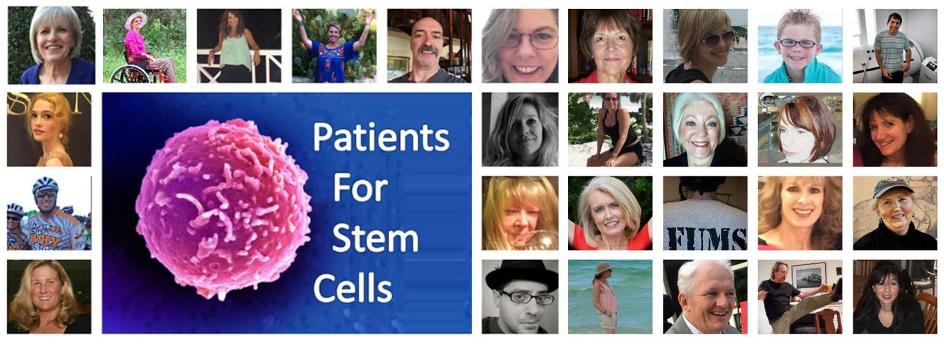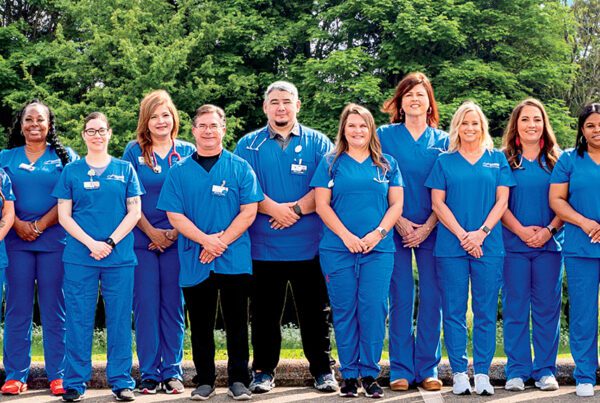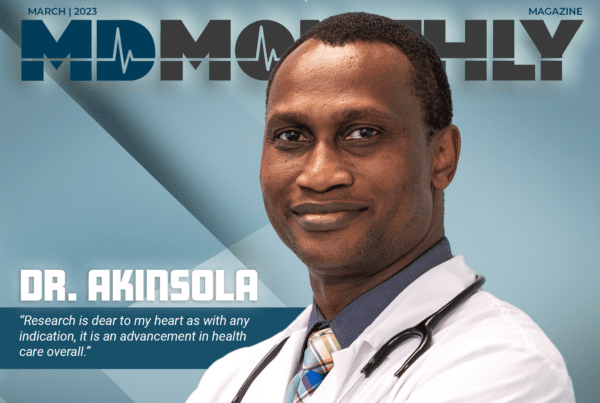Many people with these conditions have benefitted from stem cell therapy. Other countries are accelerating approvals by changing the regulatory pathway. It costs approximately $1.2 billion to get new drugs approved in the United States. Since there is very little strong intellectual property surrounding a patient’s own stem cells and stem cells from ethical sources, such as umbilical cords and placenta from full-term, healthy births, there is little incentive for a company to spend the $1.2 billion to approve a drug that would not be protected by patents.
Many patients and their doctors believe accelerated access to regenerative medicine holds the key to unlocking cures. We believe the way the FDA regulates cell therapy needs to change dramatically to accommodate the unmet medical needs of millions of patients, but without it being a practice of medicine or, “approved” therapy, there is no hope of insurance covering treatment, thus blocking accessibility for most people as several treatments may be needed.
Japan’s Accelerated Pathway In Cellular Therapy
Japan is an example of where the U.S. is falling behind. Japan has become a leader in the advancement of regenerative medicine. In 2014, the Japanese Congress introduced new laws aimed at promoting the clinical translation of stem cells and regenerative medicine. The basic action of these laws, which went into effect in November of 2015, is to accelerate the pathway to getting treatments to patients. The Japanese law essentially gives companies “conditional approvals” of their stem cell products after they have been shown to be safe. Once a conditional approval is received, commercial sponsors are granted time-limited licenses to market these products while efficacy trial data are gathered. It is our understanding that South Korea and Taiwan are close to passing similar legislation.
Stem Cells At Home
COPD stem cell patient, Barbara Hanson, founder of Stem Cell Pioneers, has been advocating for stem cell treatments for many years. She wrote an excellent article that was published in a medical journal in 2013 entitled “Why Clinics that Use Adult Stem Cells Administered by Physicians Represent a Threat to Industry.” Most of what she stated then remains true today.
Does the answer lie in the conflicting interest of pharmaceutical companies and industry competing for profits? Barbara has a spot of perspective of the plight of a chronically ill patient trying to gain access to cellular therapy.
Barbara shares that:
“A good example is my own doctor, whose office is located about 25 minutes from my house. He no longer is doing stem cell treatments because of the FDA. Traveling to offshore clinics or even to other states is very difficult for patients with lung disease since many of us do not fly and require supplemental oxygen 24/7. I feel absolutely trapped at times. I would like to be able to access therapy every couple of years at the very least. Instead of this becoming a reality like I’ve been hoping since 2007, just the opposite has occurred and access is more restrictive than ever. Past therapy has given me many quality of life improvements. Now, I fear that I will be in decline as there is no conventional medicine that even comes close to the relief I get from stem cell treatment. It’s truly disheartening.”
Dr. Neil Riordan, a pioneer in the regenerative medicine field, is the founder and chairman of Medistem Panama Inc, a company that is performing clinical research in Panama. The company has a full license from the Ministry of Health to process and use stem cells from the patients themselves and stem cells from donated umbilical cord clinically. With over 20 years of experience treating patients with stem cells, Medistem is currently conducting seven National Bioethics Committee-approved clinical trials for multiple sclerosis, rheumatoid arthritis, autism, spinal cord injuries, asthma and osteoarthritis using human umbilical cord-derived mesenchymal stem cells, and products derived from them.

Coach Sam Harrell from Ennis, Texas is an example of one of the many multiple sclerosis patients who have been helped by the use of umbilical cord stem cells used in Panama.
An article about Coach Harrell’s treatment from Dallasnews.com states:
“It was four years ago this month that Harrell, the architect of Ennis’ transformation from woebegone to powerhouse, gave up his coaching duties. His health was in decline as multiple sclerosis, a chronic disease in which the immune system attacks the central nervous system, affected his coordination and sapped his strength and energy level. He used a golf cart to get around at practices, and when the MS was at its worst, he needed a walker to get around at home. Now Harrell is bounding up and down stairs and jumping from a stand-still position, and with relative ease, onto a 20-inch platform. “It’s just amazing, it really is,” Harrell said. “I feel like the luckiest guy in the world. I’m doing things I never dreamed of doing again.”
A list of the clinical trials going on in Panama can be found on the National Institutes of Health registry at clinicaltrials.gov.
The Stem Cell Ophthalmology Treatment Study (SCOTS), registered with the National Institutes of Health, is conducting research in Florida for retinal and optic nerve disease. The patients’ own bone marrow is extracted, stem cells harvested and re-injected back into the damaged area of the eye. This type of therapy in some form has been allowed in five foreign countries for a decade. A recently published FDA “Guidance to Industry” would, if adopted, have regulation as currently written reclassify stem cells harvested from your bone marrow as “new drugs” and would therefore require FDA approval before use. The treatment being used in this study would then become illegal or would require an Investigational New Drug Application.
But thanks to the selflessness of donors, every year thousands of Americans receive corneal transplants to restore their vision. Stem cell therapy reversed blindness in 47,000 Americans in 2015.
Indeed, Houston and Sacramento attorney Richard Jaffe author of “Galleo’s Lawyer,” a living history about the struggles between medical mavericks, patients and the government writes:
“I think there’s a lot going of that going on. Nowadays in the freedom-inhibiting healthcare regulatory framework. Meaning and specifically, there are some laws which over-protect us based on an outdated model of relative access to information by the parties to a healthcare transaction.”
If you are a patient who’s received adult stem cell therapy for a disease or condition, we’d like to hear from you. We need to let our collective patient voices be heard! For more information visit www.patientsforstemcells.org.







Recent Comments